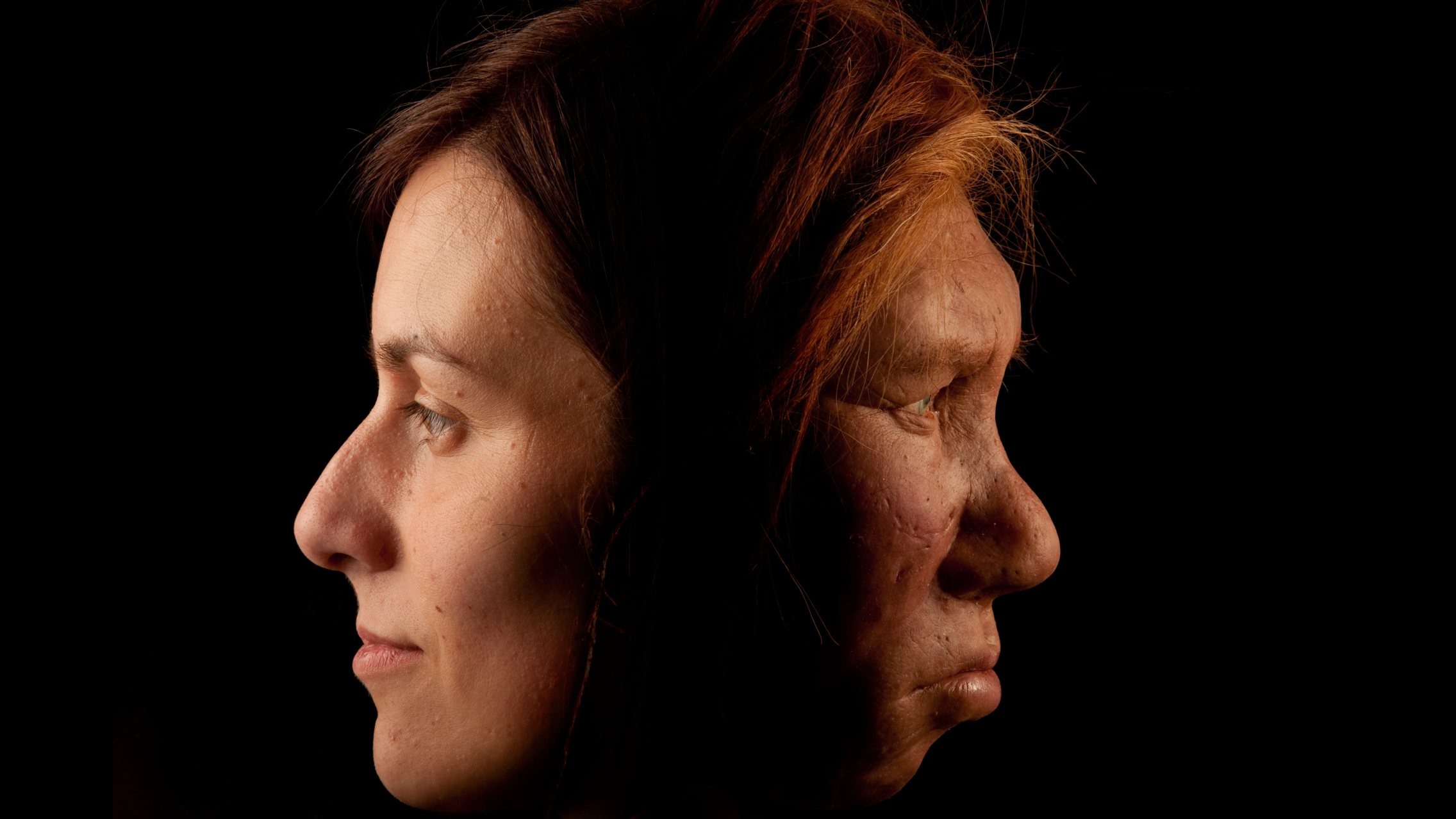Spectacular Images Reveal Mysterious Stone Structures in Saudi Arabia
Walls of structure

Aerial photography provides more details of these stone structures. For instance, an aerial photo reveals that the walls of the structure are about 20 inches (50 centimeters) in height. The walls are constructed of stone slabs that are laid flat. These slabs do not occur naturally, and ground inspection revealed that they may have been quarried from a nearby scarp. [Read more about aerial archaeology in Saudi Arabia]
Bullseye, triangle and pendant
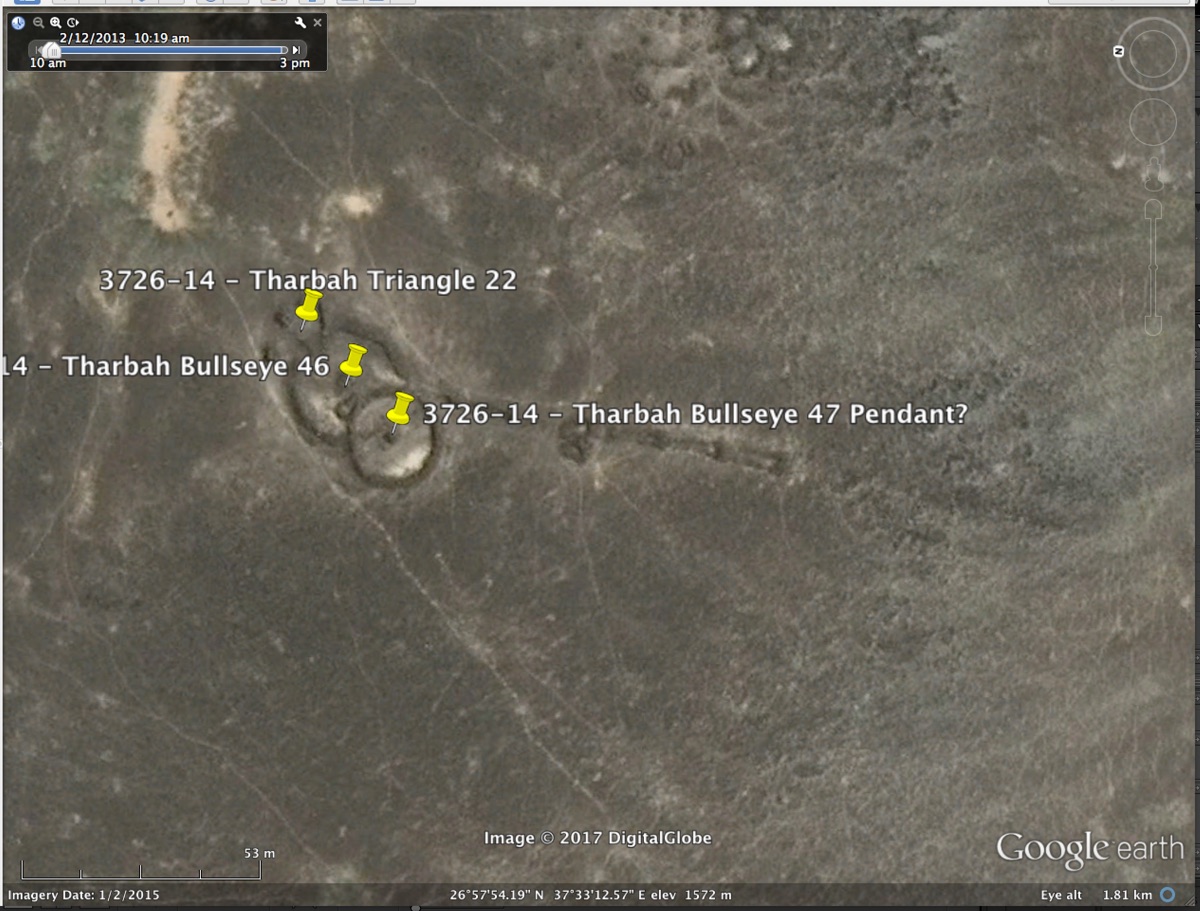
This Google Earth image shows two overlapping bullseyes, with a triangle overlapping one of the bullseyes. There is a pendant that is overlain by a cairn that comes from one of the bullseyes. Other unexplained features can also be seen. The bullseyes are 66 feet and 79 feet (20 and 24 meters) in diameter, respectively. The triangle is 39 feet (12 meters) long. The pendant tailing off from one of the bullseyes is 394 feet (120 meters) long.
Cairn burial

A cairn about 3.3 feet (1 meter) high can be seen in this photo. It likely holds a burial.
Paved bullseye
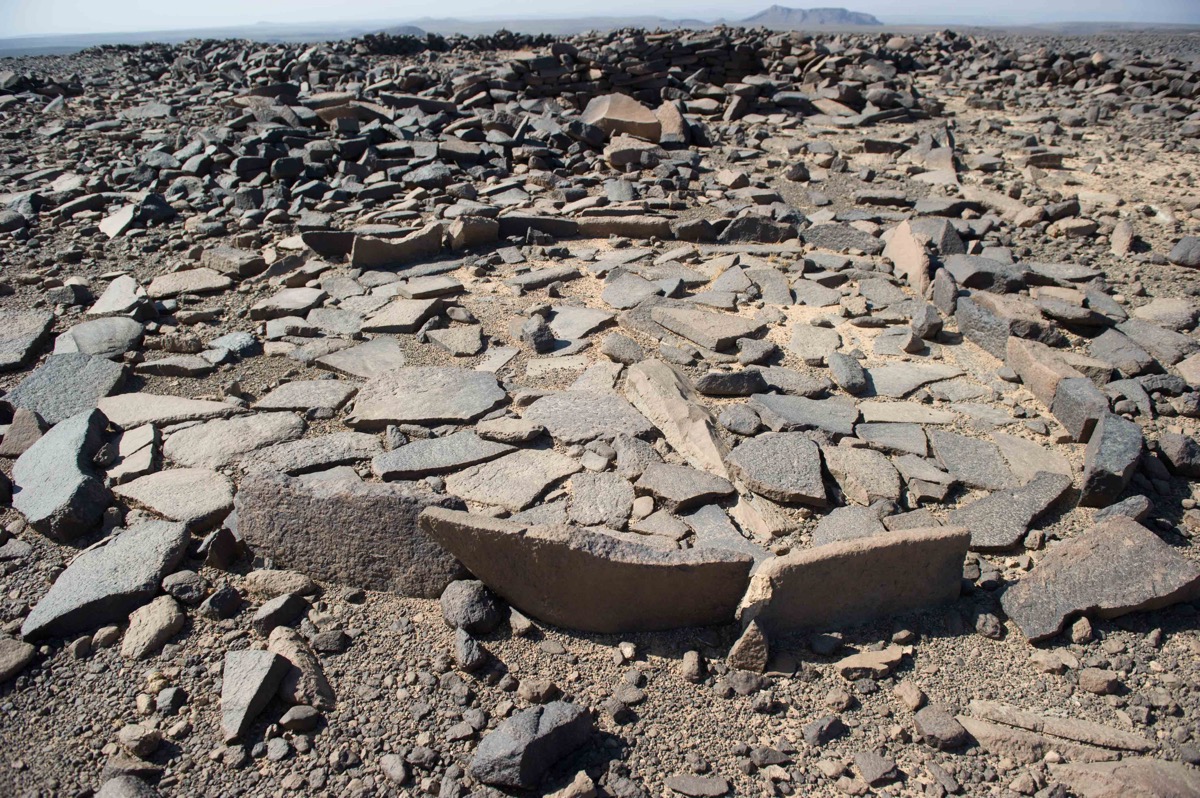
is bullseye has what appears to be an internal paved area with stone slabs around its edges.
2 Gates
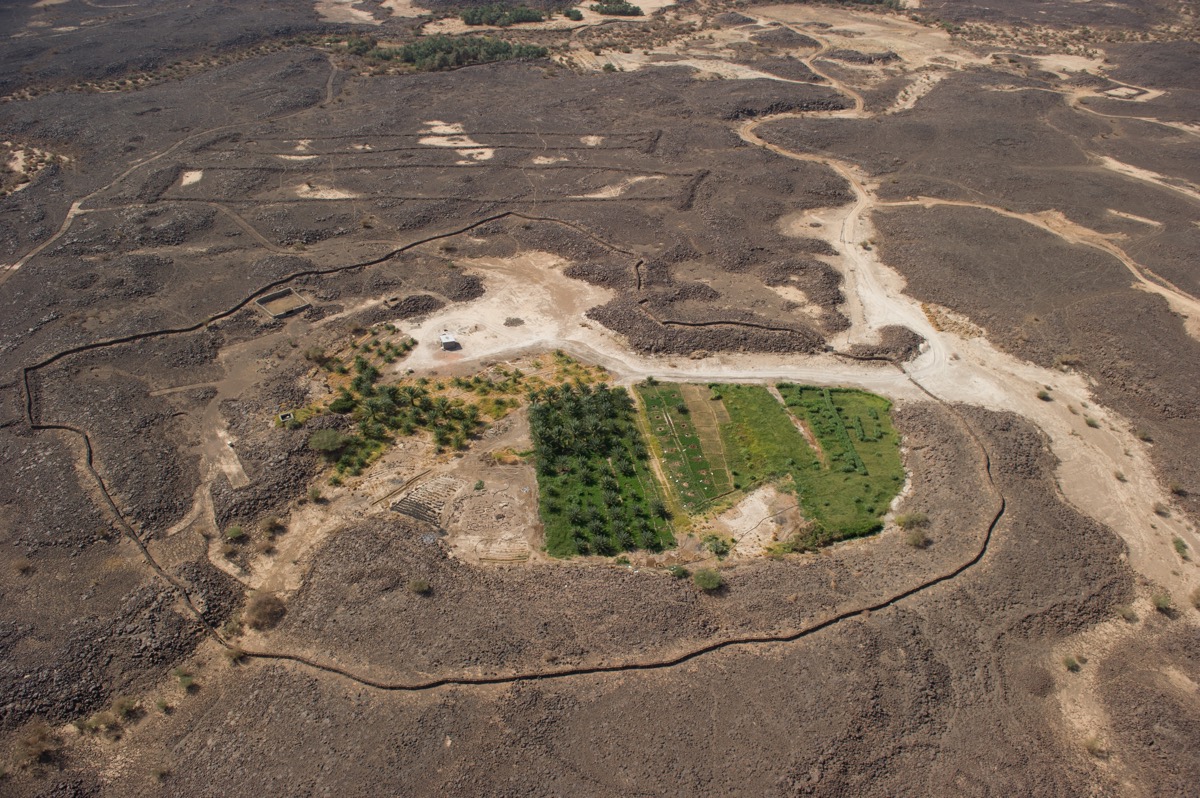
Two gates can be seen near a modern-day agricultural site.
Series of pendants

A series of pendants consisting of lines of cairns can be seen in this photo. [Read more about aerial archaeology in Saudi Arabia]
Sifting through images
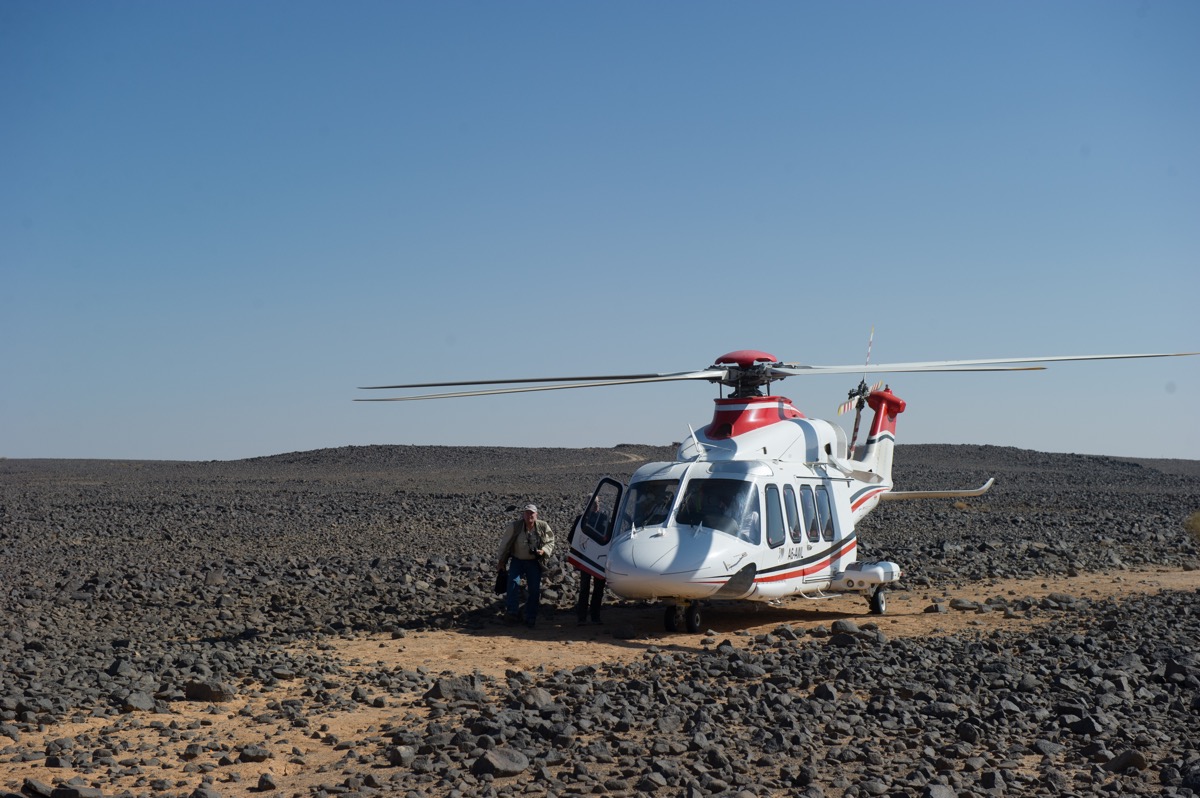
This is just a tiny sample of the archaeological sites the team photographed over three days. They will now study the images over the coming months. Much more work needs to be done to understand them. [Read more about aerial archaeology in Saudi Arabia]
Get the world’s most fascinating discoveries delivered straight to your inbox.
APAAME

The Aerial Photographic Archive for Archaeology in the Middle East (APAAME) website has more information on the team's work. This image shows a screenshot of their blog, which highlights a Live Science article on the research.
Live Science Video
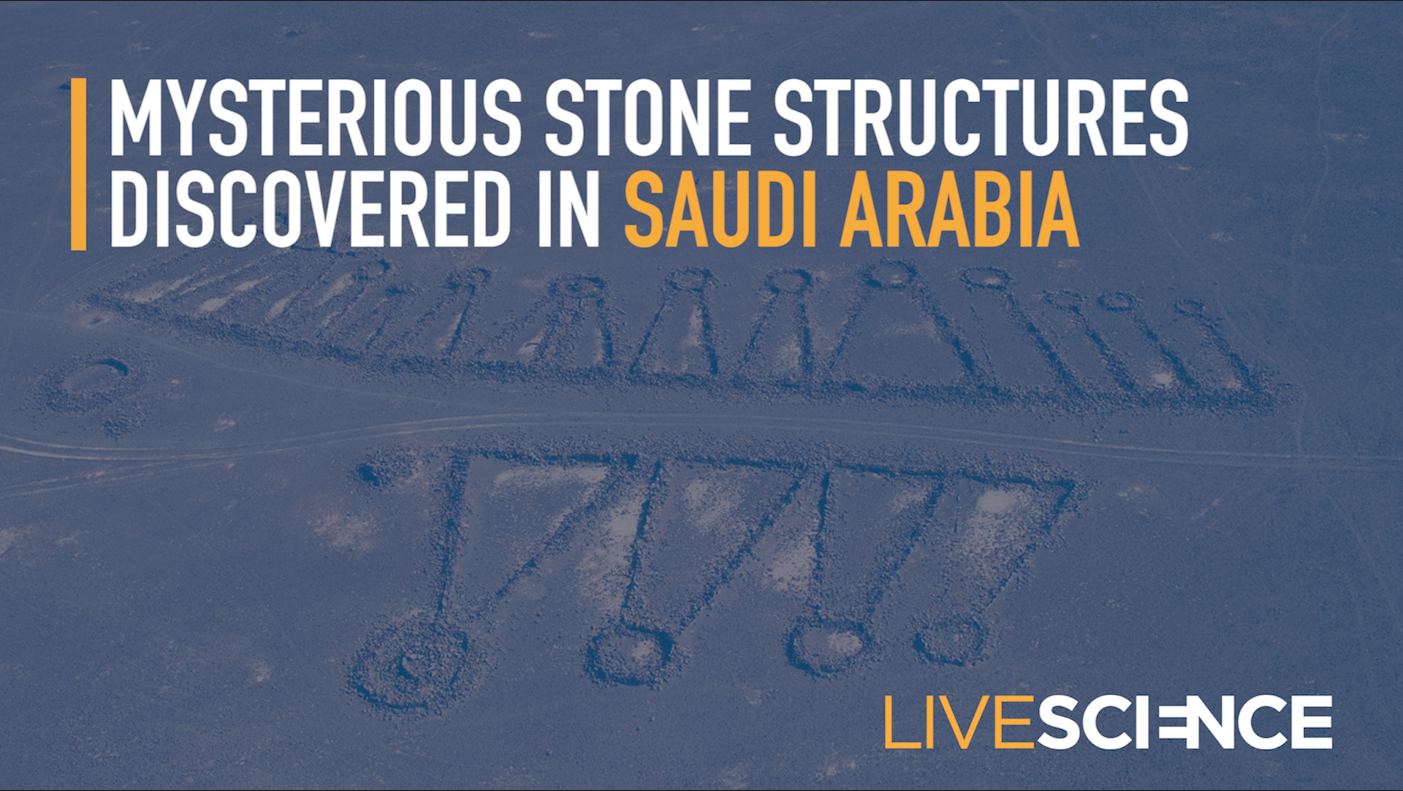

Owen Jarus is a regular contributor to Live Science who writes about archaeology and humans' past. He has also written for The Independent (UK), The Canadian Press (CP) and The Associated Press (AP), among others. Owen has a bachelor of arts degree from the University of Toronto and a journalism degree from Ryerson University.
